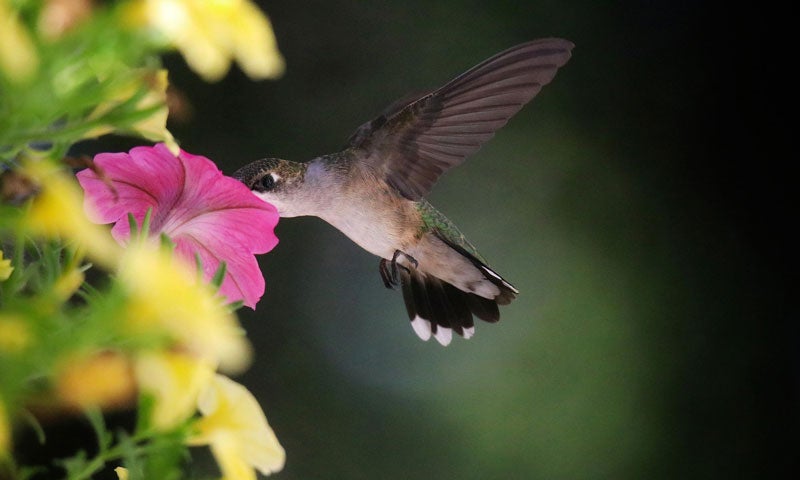Pollinators are invaluable year-round
Published 5:46 pm Monday, June 24, 2019

- Pollinator Week has since grown into an international celebration of the valuable ecosystem services provided by bees, birds, butterflies, bats, beetles and naughtier species.
By Kristi Hendricks
Pay tribute to our winged and crawling pollinators as we celebrate National Pollinator Week. Twelve years ago the U.S. Senate’s unanimous approval and designation of this week in June marked a major milestone toward addressing the worrisome issue of declining pollinator populations. Pollinator Week has since grown into an international celebration of the valuable ecosystem services provided by bees, birds, butterflies, bats, beetles and naughtier species.
These hard-working animals help pollinate over 75 percent of our flowering plants and nearly 75 percent of our agricultural crops. We may not notice the demure pollinators as they collect the all essential nectar (sugar-rich liquid produced by plants), but they are hard at work this growing season dutifully carrying pollen (fertilizer) from one plant to another.
Native plants play a special role in the support network for pollinators. Plants are at the bottom of the food pyramid and are the ecological basis upon which life depends for insects, birds and we the people. Without plants, you have no insects searching for their next meal or nesting ground. Without insects carrying on their pollinating routine, you have no birds that use the insects as a food source. And so on.
Insects, in large part responsible for pollination activity, gravitate more readily to native plants and often use only those plants as hosts on which to lay their eggs. Indigenous insects and birds gravitate to the plants that supply the food with which they have co-evolved. Research reveals that native plants and their cultivars more readily sustain our home grown pollinators than do plant species that have been introduced.
Using native plants to create home landscape habitats to support pollinators is preferable to nursing resource intensive grass turf that rarely measures up to the home gardener’s expectations. As an alternative, consider transitioning to “freedom lawns” full of clover ready to feed the insects and hold the soil in place when the cool season grass withers.
Straying from what people typically believe about low maintenance gardening, native plants aren’t for the lazy gardener. You have to control them, so it is often prudent to select commercially-altered cultivars that have bred out many of the native plant’s less desirable characteristics like aggressive spread and smaller-sized flowers.
Ridding the environment of invasive exotics is also an important step in supporting native plants with significant pollinator nectar value. So feel free in good conscience to pull up the English ivy and Japanese stiltgrass to make way for the native plants to return.
So while celebrating the pollinators, also remember the essential role of plants. In the words of environmentalist Dr. Douglas Tallamy “a plant that has fed nothing has not done its job” of passing energy through the food system.





